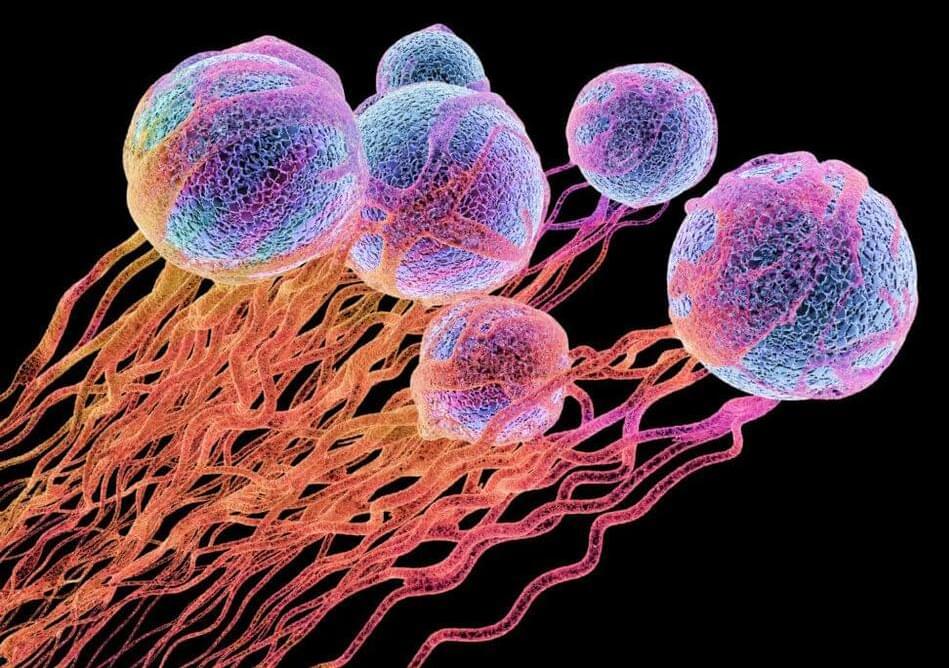Nonprofit organization, whose goal is the extension of the healthy human lifespan
Biomedical Research and Longevity Society, Inc. (BRLS), formerly known as Life Extension Foundation, Inc., is one of the world’s leading providers of financial support for otherwise unfunded research in the areas of cryobiology, interventive gerontology and cryonics. During the last decade alone, BRLS awarded more than $100 million in grants to highly-specialized cryogenic research organizations.
Visit website: https://www.brlsociety.org/.









